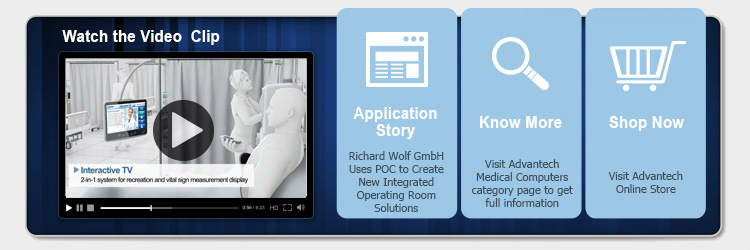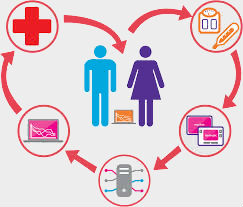 |
| |
 |
1. INTEROPERABILITY and ICD-10 |
|
| |
| Interoperability has been abuzz for a few months now. It describes the extent to which systems and devices can exchange data, and interpret that shared data. For two systems to be interoperable, they must be able to exchange data and subsequently present that data such that it can be understood by a user. |
| |
| With the transition to ICD-10 fast approaching, everyone is struggling to meet the deadline to be covered by HIPAA for all healthcare transactions. This transition is critical in making all healthcare diagnosis interoperable. This means providing greater definition of patient's conditions, including severity, complexity and complications. Failure to transfer to ICD-10 will lead to a halt of revenue cycle. The ICD provides for better transparency while promoting international comparability of EHR. |
| |
| There has been strong concern in the medical community about current structural limitations in existing healthcare system framework. It is still an evolving market with many different ways of accomplishing this goal. It's just a matter of finding what method works best for your business as you jump start the transition to ICD-10. |
| |
|
| |
| |
 |
2. Screens go W I D E |
|
| |
| Displays and all-in-one computers are going W I D E R for more precise diagnoses. It significantly provides more horizontal space allowing a variety of medical images on one screen for easy cross comparison and diagnosis. As hospitals and clinical facilities find themselves faced with higher patient expectations of quality of care, a medical grade multi touch IPS system with a centralized management tool is ideal to meet these special demands. |
| |
| |
| Product Features: |
 |
Best image solution with Multi Touch IPS Display |
 |
UL60601-1, EN60601-1, and IEC60601-1 Certifications |
 |
IP54 Enclosure for alcohol cleaning solutions |
|
|

|
|
|
| |
| |
 |
3. PHYSICIANS ON-THE-GO |
|
| |
| As we analyze clinical workflow we discovered that mobility devices have been running ahead of actual utility in clinical practice. BYOD is prevalent in many facilities and doctors often jump onto their iPad or mobile phones to check patient test results. With Apple's recent announcement, we know see the maturity of device and software point to medical tech integration. But it can get a bit more complicated than that. Clinicians are still spending too much time on administrative tasks and communicating at a desktop. |
| |
| With the release of Windows 8, healthcare IT can better connect legacy solutions with valuable patient data in an easy on-the-go device. The convergence of mobile technology and patient data allows real-time engagement points which can be critical for intensive care patients. Still a great concern amongst doctors is ensuring data integrity in health information exchange and what actions be be taien to protect patient data. |
| |
|
| |
| |
 |
4. TELEHEALTH |
|
| |
|
| Telehealth connects patients to clinicians, and makes it possible to deliver care regardless of distance. The ability to conduct remote visits with patients and monitor their recovery improves access to quality care by removing traditional barriers to healthcare delivery such as distance, mobility and time constraints. |
 |
|
| We can look forward to more government support as funding continues to increase. As tele health become increasingly integral to reforming the US healthcare system. Although slow on gaining momentum, there is a increase of adoption across national and state level. |
| |
|
| |
| |
 |
5. IoT and BIG DATA in HEALTH |
|
| |
| The Internet of Things (IoT) provides health organizations with the ability to leverage the cloud in new ways to transform their work flow. With IoT, healthcare providers can reduce operational costs through predictive maintenance and real-time asset monitoring, and harness the full power of data across the entire continuum of care with analytics that generate valuable insights. By gaining access to real-time data, doctors can make more informed decisions, better monitor the progress of the treatment, and provide medical services to more people at reduced cost. |
| |
| |
|
|
| |
| |
|

